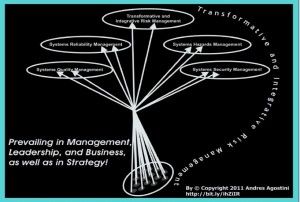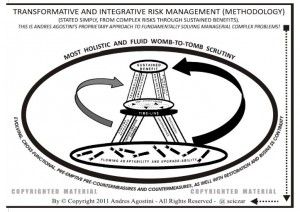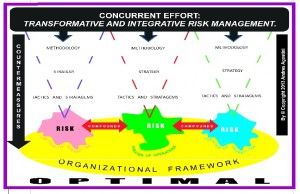By Avi Roy, University of Buckingham and Anders Sandberg, University of Oxford
Men who are unemployed for more than two years show signs of faster ageing in their DNA, according to a study published today in the journal PLOS ONE.
Researchers at the University of Oulu, Finland and Imperial College, London arrived at this conclusion by studying blood samples collected from 5,620 men and women born in Northern Finland in 1966. The researchers measured the lengths of telomeres in their white blood cells, and compared them with the participants’ employment history for the prior three years, and found that extended unemployment (more than 500 days in three years) was associated with shorter telomere length.
Telomeres are repetitive DNA sequences at the ends of chromosomes, which protect the chromosomes from degrading. With every cell division, it appears that these telomeres get shorter. And the result of each shortening is that these cells degrade and age.
When cells are grown in a lab, their telomeres do indeed shorten each time the cells divide. This process can be used to find a cell’s “expiry date”, a prediction of when that cell will run out of telomeres and stop dividing. However, this does not seem to relate to the actual health of the cells.
In the new study, the researchers found that that on average, men who had been unemployed for more than two of the preceding three years were more than twice as likely to have short telomeres compared to men who were continuously employed. In women, there was no association between unemployment status and telomere length.
The researchers accounted for telomere length differences resulting from medical conditions, obesity, socio-economic status and early childhood environment.
Previous studies, noted by the study authors, have found a correlation between shorter telomeres and higher rates of age-related diseases like Type 2 diabetes and heart disease. The authors conclude that the reduction in these men’s telomeres may have been the result from the stress of long-term unemployment, adding to evidence of a direct connection between prolonged unemployment and poor health.
An abstract concept
Employment is something very abstract; an employed and unemployed body are apparently more or less the same. So it might seem surprising that such an abstract thing as employment can affect a body on the cellular level. But the same is true for how stimuli affect our brains: remote objects trigger electrochemical cascades in our visual system – and when we learn new things, gene expression in the brain changes. We are interactive creatures, with innumerable stimuli that are constantly shaping multiple processes in our bodies. In this sense, the hypothesis that employment experience has cellular effects is not surprising.
This was an association study, which means than under certain set of circumstances two variables are statistically linked. This study is therefore incapable of genuinely predicting whether unemployment is the cause, and short telomeres the effect. Perhaps the opposite is true: maybe people whose cells lose their telomeres also lose their jobs. More likely, an outside factor that shortens telomeres could have a limiting effect on success in the labour market. For example, such a factor might somehow contribute towards illness or pessimism.
Additionally, because the study was conducted in an isolated and genetically quite homogeneous population, the results of the study may be due to their genetic make-up as well as (or instead of) environmental effects.
In the end, we do not need a genetic study to know long-term unemployment is bad for people socially, medically and psychologically; there is plenty of evidence for that. Additionally, the bio-gerontology community (those who study the biological processes of ageing) recognises telomere attrition as one of the nine causes of the disease of ageing, including Type 2 diabetes and cardiovascular diseases.
Where this study does make a significant contribution is in recognising long-term, low-level stress as a major problem. In momentarily stressful situations, the instant fight-or-flight response stimulates us; but being under pressure for a long time with no relief wears us down. Prolonged stress is bad for memory and health, and could quite conceivably shorten telomeres – making an unemployed person significantly more unhealthy, with the effects persisting even after they get a job.
In the long run, what we really need to learn to slow or stop the ageing process is how to reduce or repair the damage done by stress.
The authors do not work for, consult to, own shares in or receive funding from any company or organisation that would benefit from this article. They also have no relevant affiliations.
This article was originally published at The Conversation.
Read the original article.



